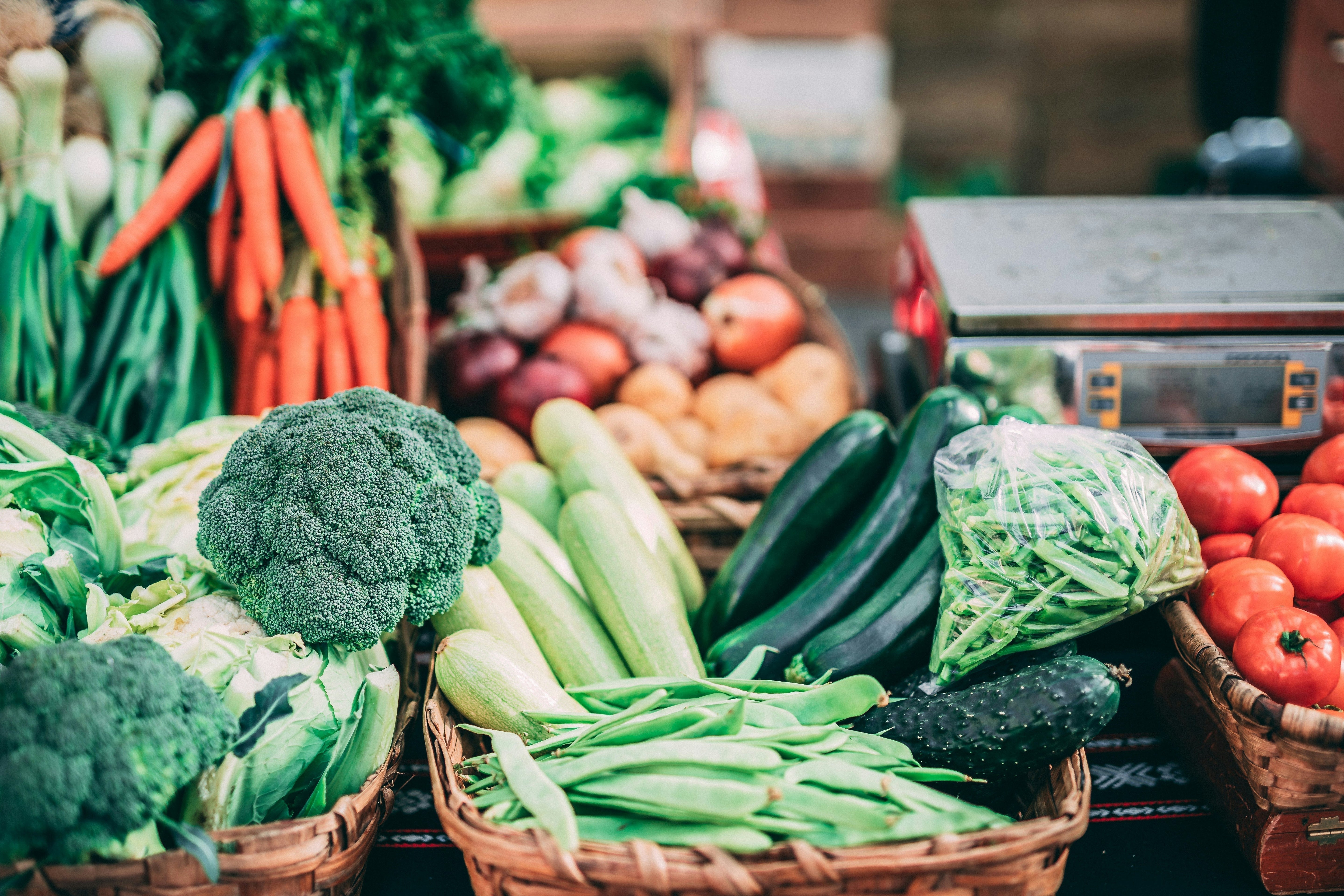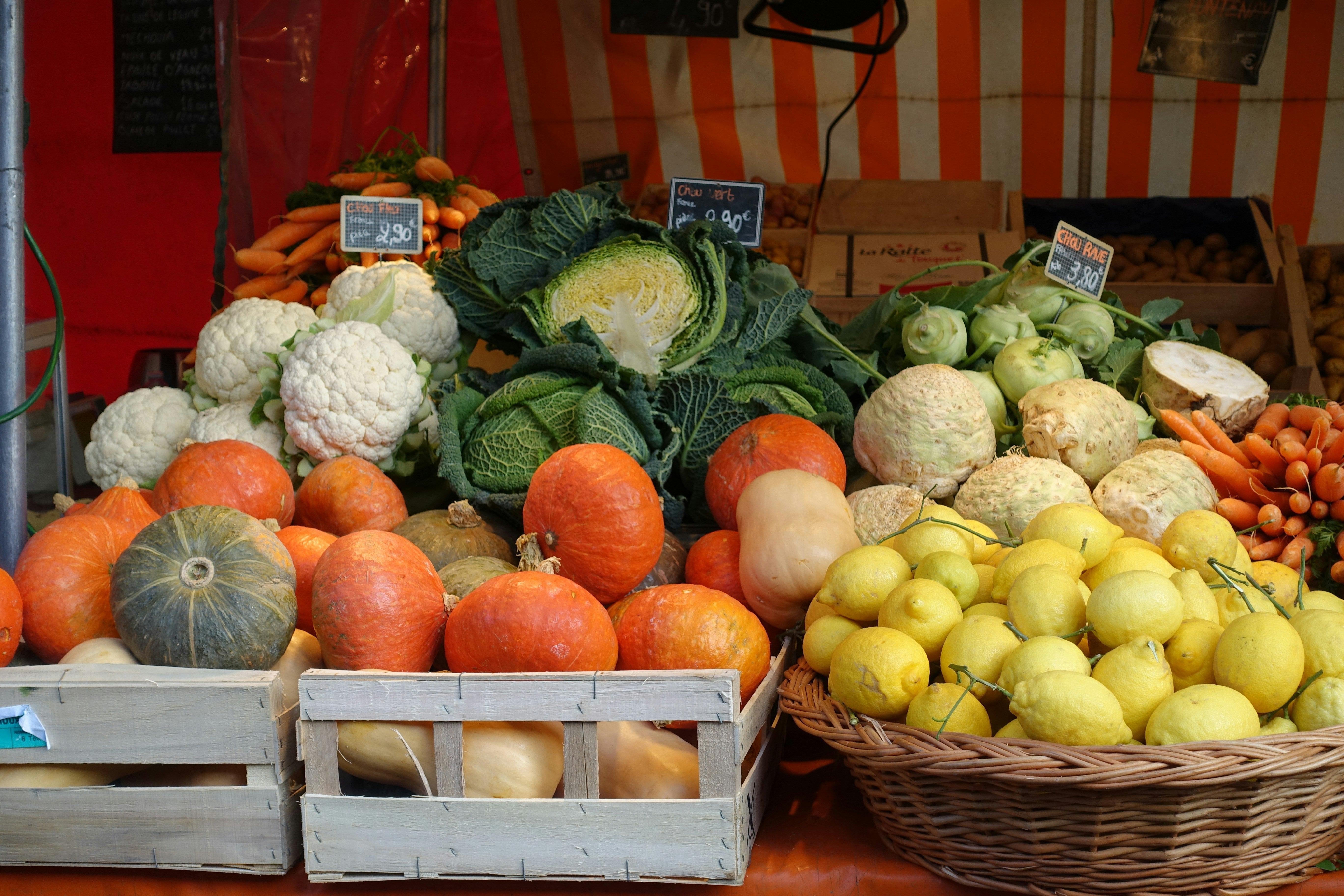Healthy or Hype: Fibermaxxing

In our new Healthy or Hype blog series, we're going to dive into wellness trends that have gone viral, for better or worse, and determine if they're actually healthy and worth the hype or just another fad that's best to skip out on. First up, we're reviewing "fibermaxxing" which grew from TikTok and has many prioritizing fiber (move over protein!).
What is fibermaxxing?
“Fibermaxxing” is a wellness trend that’s taken off on TikTok, Instagram, and other social media platforms. The idea is pretty simple: maximize your daily fiber intake—either by way beyond the bare minimum or by meeting your daily recommended amount—through packing more whole grains, fruits, vegetables, nuts & seeds, legumes, and other fiber-rich foods into every meal and snack.
Instead of focusing on protein-heavy plates (like Atkins or Paleo) or high-fat diets (like Keto), fibermaxxing shifts attention to plant-based fiber as a core component of a healthy diet. But with any trend, the question becomes: is more always better?
What the Research Says: Benefits of Boosting Fiber
The science behind fiber isn’t new. Dietary fiber has been long recognized for multiple health benefits:
- Gut health & digestion: Fiber helps move food through the digestive tract, supports regular bowel movements, and feeds beneficial gut microbes. Soluble fiber can help soften stool; insoluble fiber adds bulk.
- Blood sugar control: Soluble fiber slows digestion and absorption of sugar, which helps prevent large spikes in blood sugar. Good for people with diabetes or those trying to avoid energy crashes.
- Heart health: High-fiber diets are linked to lower LDL (“bad”) cholesterol and reduced risk of heart disease.
- Weight management: Fiber-rich foods tend to be more filling, so you may naturally eat less without feeling deprived.
- Disease risk reduction: Emerging evidence suggests higher fiber intake is associated with lower risk of colorectal cancer, possibly other cancers, and chronic illnesses like type 2 diabetes.
Given that many people fall far short of recommended daily fiber intakes (often only getting 10–15 g/day, when more like 25-38 g/day is recommended for adults) the idea of increasing fiber is attractive.
Risks & Caveats: Why More Isn’t Always Better
Even good things can become uncomfortable when overdone—or done too suddenly. Here are some of the risks associated with fibermaxxing, especially when people push their fiber intake too high, too fast:
- Bloating, gas, cramps: Sudden increases in fiber intake often lead to digestive discomfort. The gut microbiome needs time to adapt.
- Constipation or diarrhea: If fiber moves through too quickly (especially insoluble fiber) or without adequate water, you might end up with the opposite of your intended effect.
- Nutritional imbalance or displacement: Like with any diet that specifies one thing, focusing too much on fiber-rich foods might lead to neglecting other important nutrients, like healthy fats or proteins.
How to Effectively and Safely Increase Your Fiber Intake
If you’re intrigued by the idea of fibermaxxing, here are some tips to do it in a way that supports your health rather than causing discomfort:
- Increase gradually. If you’re used to low fiber, build slowly—add one fiber-rich food or snack per day rather than dramatically overhauling your diet.
- Stay hydrated. Fiber works best when you drink plenty of water. Soluble fiber absorbs water; insoluble fiber adds bulk, but needs hydration for smooth transit.
- Diversify your fiber sources. Mix sources: fruits, vegetables, legumes, whole grains, nuts, seeds. Different fibers have different effects.
- Balance your plate. Include adequate protein, healthy fats, and other nutrients so fiber isn’t replacing everything else.
- Pay attention to your body. If you experience persistent bloating, discomfort, or significant changes in bowel habits, ease off for a bit and adjust. Some people with gut sensitivity, IBS, or digestive disorders may need to tailor how much and what kinds of fiber they consume.
Is Fibermaxxing Healthy?

Overall, for most people, increasing fiber toward recommended levels is very healthy. It supports digestion, heart health, balanced blood sugar, weight control, and longevity. The trend of fibermaxxing is forcing many to finally pay attention to a key component of a balanced and healthy diet that is often overlooked.
However, “maxxing” suggests extremes—and extremes have pitfalls. Very high fiber intake (especially beyond ~40 g/day for many) without proper hydration, variety, and nutritional balance can lead to problems. As with many wellness trends, the sweet spot tends to be somewhere between what most people currently eat and what extremes propose.
Bottom Line
Fibermaxxing isn’t just hype—it has a strong foundation in nutrition science. For many, it’s simply about bridging the gap between what people are eating now and where their bodies perform best. If done thoughtfully—gradually, with hydration, variety, and balanced nutrition—it can be a smart and sustainable strategy to improve gut health and overall well-being.




